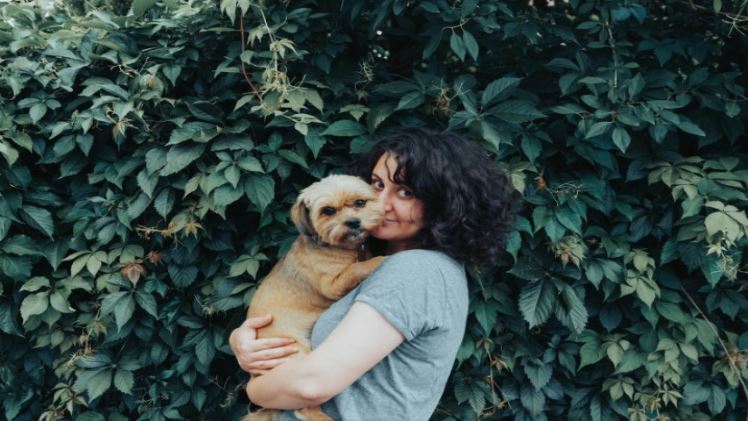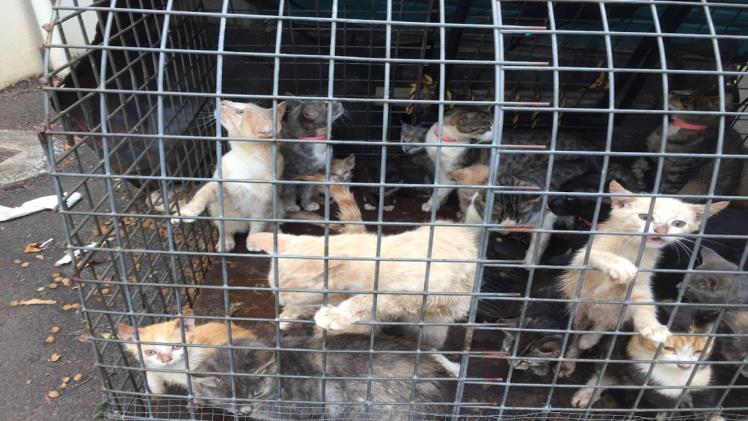Navigating the Financial Journey of Pet Ownership: A Comprehensive Guide

In the tapestry of family life, pets emerge as vibrant threads, adding joy, companionship, and unconditional love. However, beyond the cuddles and playful moments lies a significant responsibility—financial commitment. Embarking on the journey of pet ownership is not just about making room in your heart but also adjusting your budget to accommodate your new family member.
This guide will delve into the financial aspect of pet ownership, exploring initial expenses, ongoing care, and the inevitable unexpected medical bills, while offering pragmatic tips for integrating pet expenses into your family finances.
The Joy and Responsibility of Pet Ownership
Imagine the first day you bring a pet home—the excitement, the joy, and the beginning of countless memories. As your pet settles in, so does the reality of the financial commitment required to provide the best care for your new family member. Understanding the costs associated with pet ownership is crucial in ensuring that you can provide a loving, stable home for your pet throughout their life.
The Cost of Welcoming a Pet into Your Home
The financial journey of pet ownership begins with initial expenses that can vary widely depending on the type of pet you choose. For example, adopting a dog or cat from a shelter may cost anywhere from $50 to $300, which often includes vaccinations, microchipping, and spaying/neutering.
Purchasing from a breeder or specialized pet stores can significantly increase this cost, sometimes reaching thousands of dollars for certain breeds.
Initial expenses also encompass necessities such as beds, food and water bowls, toys, leashes, and grooming supplies. According to the American Pet Products Association (APPA), the average initial cost of supplies for a dog is around $200, whereas for a cat, it’s slightly lower at about $160. These figures are just the tip of the iceberg, setting the stage for the ongoing financial commitment required.
Ongoing Care: The Heartbeat of Pet Ownership
Ongoing care forms the bulk of pet-related expenses and includes food, routine veterinary visits, grooming, and preventative medications. The APPA estimates that the annual cost of owning a dog can range from $1,400 to $2,500, with cats slightly less at approximately $1,000 to $2,000 per year. These costs can vary based on the size of the pet, dietary needs, and health requirements.
Routine veterinary care is essential for maintaining your pet’s health and can help avoid more significant expenses down the line. Preventative care, such as vaccinations, flea and tick prevention, and regular check-ups, can amount to a few hundred dollars annually. Additionally, food costs can vary widely based on the type, quality, and your pet’s size and dietary needs. For example, a hefty and hungry St. Bernard will have a substantially higher food cost than a little Shih Tzu.
The Unexpected: Preparing for Medical Emergencies
Perhaps the most daunting financial aspect of pet ownership is the potential for unexpected medical expenses. Emergency visits, surgeries, or chronic illnesses can quickly escalate into thousands of dollars. A single emergency veterinary visit can cost anywhere from $800 to $1,500, according to the American Veterinary Medical Association (AVMA), and more complex procedures or ongoing treatments can far exceed these amounts.
Tips for Budgeting for Your Pet
- Start with a Pet Emergency Fund: Before bringing a pet home, start setting aside money into a pet emergency fund. Aim for an initial goal of $1,000 to $2,000, which can provide a buffer for unexpected expenses.
- Research Pet Insurance: Pet insurance can be a lifesaver in managing the costs of unexpected medical care. Policies vary, so research options that best fit your pet’s needs and your financial situation. Remember, the cost of insurance must also fit into your monthly budget.
- Regularly Review Your Pet Budget: As with any aspect of family finances, regularly reviewing and adjusting your pet budget is crucial. This includes accounting for annual check-ups, vaccinations, and any changes in dietary needs.
- DIY Grooming and Training: Consider learning some basic grooming and training skills to save on professional fees. There are plenty of resources online to guide you through the basics safely.
- Plan for Long-term Costs: Remember to consider the long-term costs of pet ownership, including how your pet’s needs may change as they age. Senior pets may require more frequent veterinary care and specialized diets to meet their dietary needs.
Is it a Worthwhile Investment?
The financial commitment of pet ownership is undeniable, yet ask any pet owner, and they’ll likely tell you that the rewards are immeasurable. Pets bring laughter, companionship, and unconditional love into our lives, enriching our daily experiences in countless ways. By understanding and planning for the financial aspect of pet ownership, families can ensure that their furry, feathered, or scaly members receive the care they deserve while maintaining financial stability.
Embarking on the journey of pet ownership with a clear understanding of the costs involved allows families to fully embrace the joys of having a pet without undue financial stress. It’s about finding a balance between the heart and the wallet, ensuring a happy, healthy life for your pet within a sustainable budget. In the end, the investment in your pet’s well-being is an investment in the richness they bring to your family’s life—a truly worthwhile venture on all accounts.



